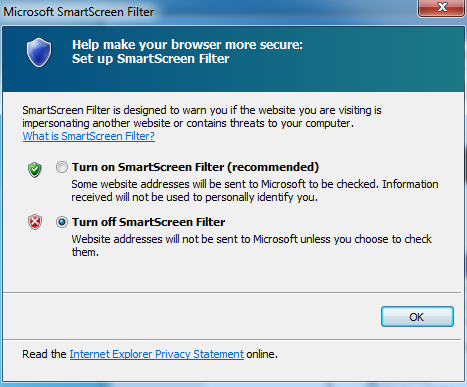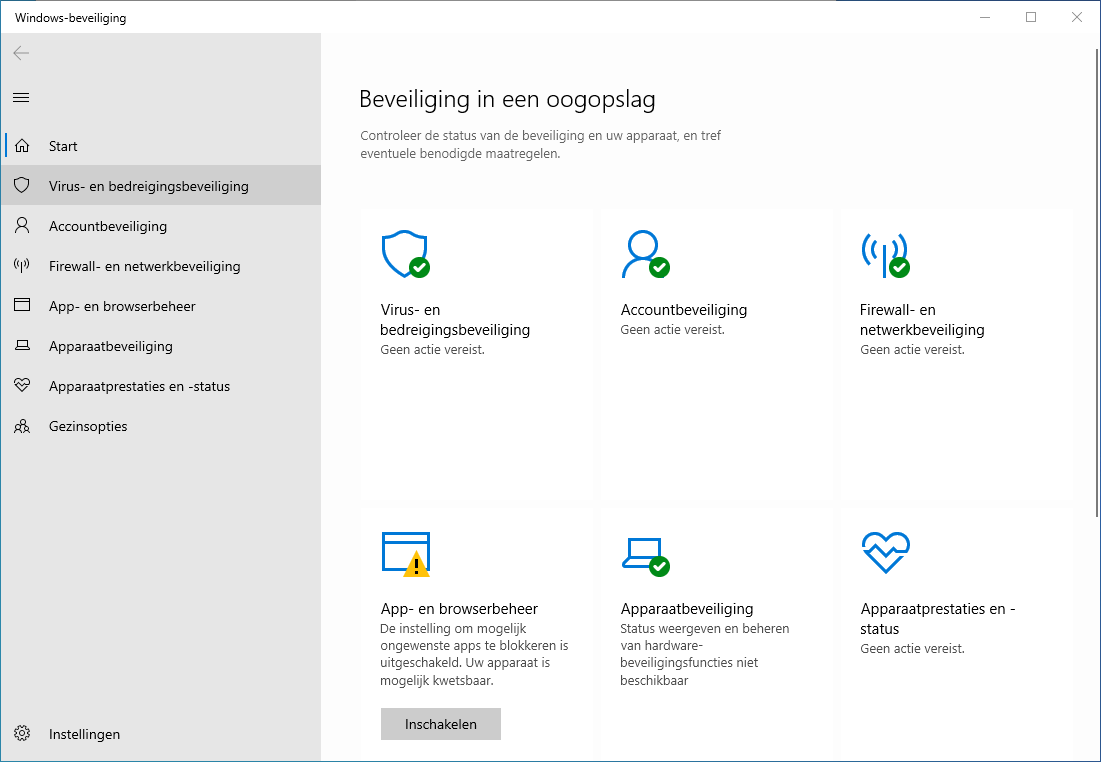
In Windows 10, go to Start > Settings > Update & Security > Windows Security > App & browser control. Windows Defender SmartScreen sends data to Microsoft about the websites you visit and files you download to warn you and help protect you and your device from unsafe web content or malicious software. In previous versions of Windows 10, advertising ID was referred to as relevant ads. Turning it back on will reset the advertising ID. Turning the advertising ID off will not reduce the number of ads you see, but it may mean that ads are less interesting and relevant to you. Go to Start > Settings > Privacy & security > General.Ĭhoose your preferred setting for Let apps show me personalized ads by using my advertising ID. To turn off your advertising ID in Windows 11 Go to Start > Settings > Privacy > General.Ĭhoose your preferred setting for Let apps use advertising ID to make ads more interesting to you based on your app activity. To turn off your advertising ID in Windows 10 Learn more about other interest-based advertising from Microsoft Microsoft delivers other forms of interest-based ads in certain Microsoft products, both directly and by partnering with third-party ad providers. Third-party products accessed through or installed on Windows may also deliver other forms of interest-based advertising subject to their own privacy policies. The advertising ID setting does not apply to other methods of interest-based advertising delivered by Microsoft or third parties, such as cookies used to provide interest-based display ads on websites. The advertising ID setting applies to Windows apps using the Windows advertising identifier. Thus, app developers (and the advertising networks they work with) can associate personal data they collect about you with your advertising ID and use that personal data to provide more relevant advertising and other personalized experiences across their apps. When the advertising ID is enabled, apps can access and use it in much the same way that websites can access and use a unique identifier stored in a cookie.


Windows generates a unique advertising ID for each user on a device, which app developers and advertising networks can then use for their own purposes, including providing more relevant advertising in apps. Windows provides the following privacy settings to give you control over your privacy.


 0 kommentar(er)
0 kommentar(er)
